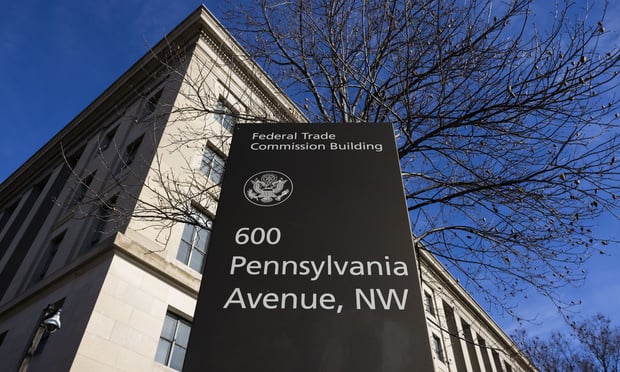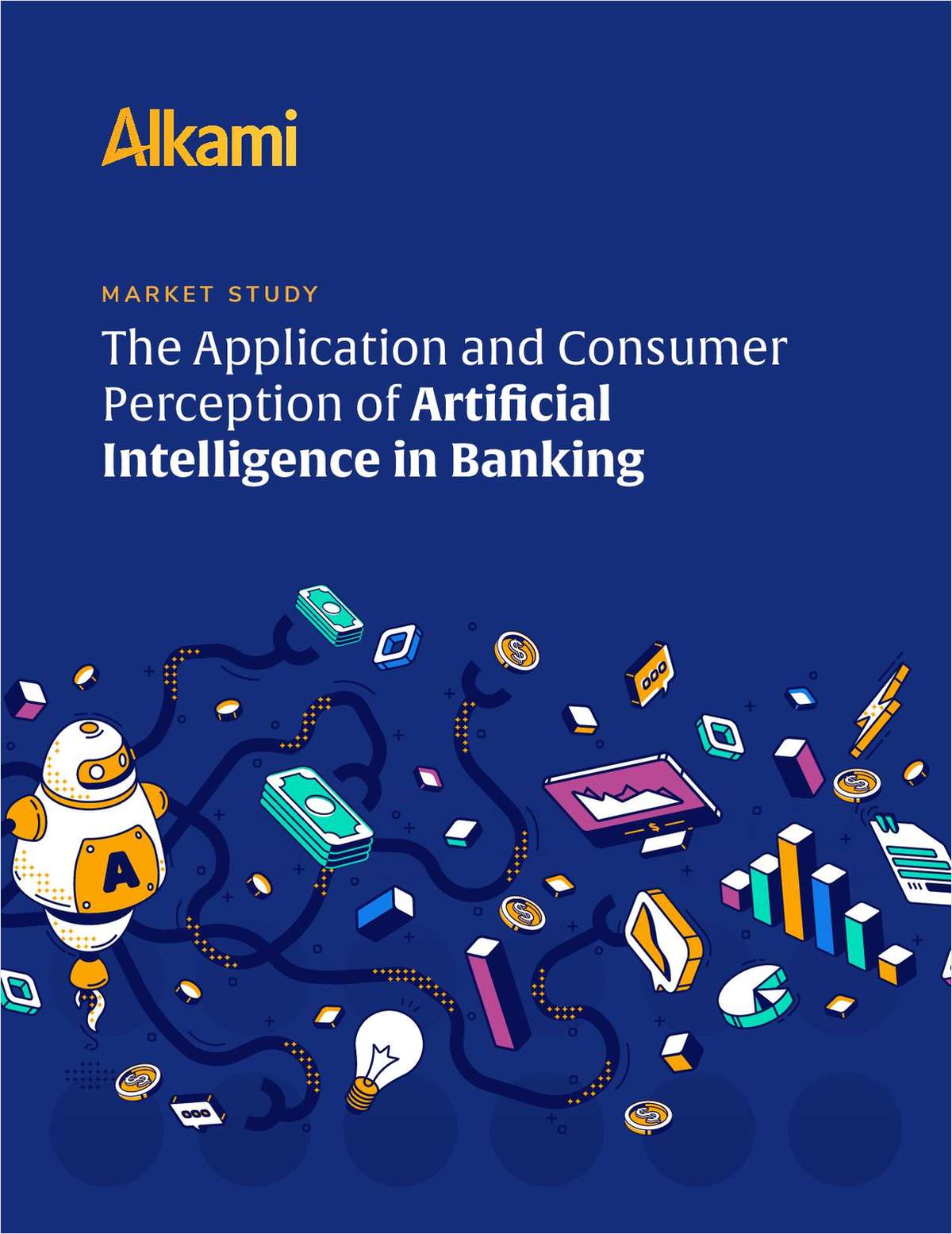“To the cloud!” cries the frustrated computer user in a recent TV ad when the flight got canceled.
“The cloud is everywhere!” touts the service providers trying to sell the latest and greatest white puffy stuff.
“Put your vital documents in the cloud!” champions the storage providers at the latest disaster recovery conference.
Enter Tropical Storm Debby. A mere widespread gust of wind accompanied by occasional downpours of rain. No big deal, right?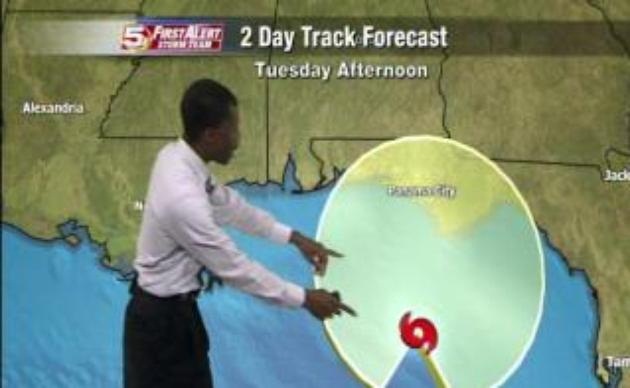
I live in Apalachicola, Fla., just a few miles from where the center of that storm crept across the Gulf of Mexico. A couple of beautiful oak trees and a few tall pine trees left much of the city without power.
No problem. After waiting a few minutes to see if the power interruption was just a temporary blip, I braved the wind and rain, went outside, pulled out my emergency generator, topped the tank, gave a few hearty pulls on the starter rope and it roared to life.
The lights came on in my house. The phones worked. The refrigerators and freezers kept everything at the proper temperature. We had TV to watch the 24-hour news tell us how bad we had it.
The generator power brought my UPS back to life, my computer, router, modem, printer all worked beautifully – we had Internet – instant gratification looking at the current radar/satellite composite images and computer estimates of the future storm track.
We were all set. Isn't life wonderful? As long as nothing on the circuits switched on or off, and as long as everything continues to work properly, we're sitting pretty.
Now take a quick step back into time, when our Congress, in its infinite, omniscient wisdom, passed a law dictating use of ethanol in gasoline. “Good for the ecology,” shouted the proponents. “Greenhouse gas reduction with ethanol!” shouted others. “Carbon footprint reduction is our goal,” shouted still more.
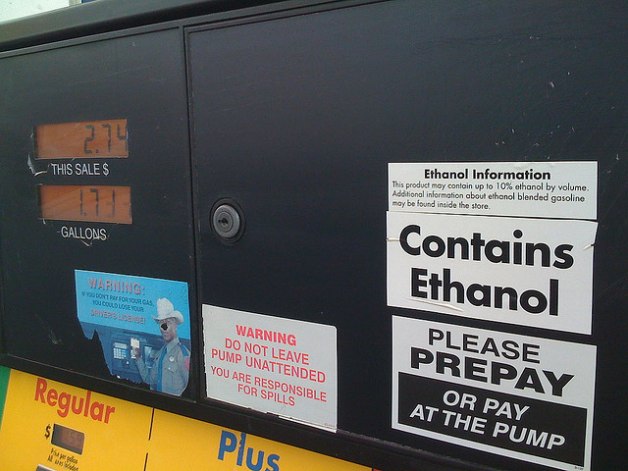 Since that wonderful moment, the entire country has gassed up their lawn mowers, weed eaters, and yes, emergency generators with ethanol-laden fuel. It works great as long as it is used every day, like the automobiles.
Since that wonderful moment, the entire country has gassed up their lawn mowers, weed eaters, and yes, emergency generators with ethanol-laden fuel. It works great as long as it is used every day, like the automobiles.
Let it sit for a couple of days, or weeks, or months, and that same, wonderful ethanol eats away at rubber seals and tubing, and breaks down gasoline leaving lacquer components to settle in the bottom of gas tanks, carburetor bowls and low spots in fuel lines.
This sludge gets sucked up into the engines when they are fired up. For larger engines, these byproducts can flow through the orifices and jets and are eventually burned. For the smaller engines, they gum up the orifices and jets, and the gasoline motors die.
However they don't die a pain-free death. It's more like the fly that sails through the Raid-riddled air en route to that piece of fresh cake Mom just baked — it gets slower and slower, starts sputtering and stops flying, and finally dies in a series of noisy, buzzing circles on its back on the tabletop before finally ceasing all motion.
Back to the present. My generator suffered from just this malaise. First it wouldn't run unless I had the choke partially closed, and I was able to keep it running for hours like that. Because it wasn't at full throttle, every time the freezer or fridge would kick in, the frequency would slow down.
Remember my UPS? Well it did just what it was supposed to do — it sensed low voltage and frequency, and took all my computer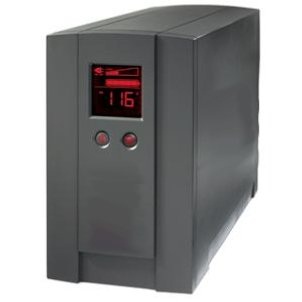 equipment off-line. They lasted about 20 minutes until the UPS battery failed. So long cloud.
equipment off-line. They lasted about 20 minutes until the UPS battery failed. So long cloud.
Once the load on the generator returned to a steady state, the UPS would take line power, but it was usually after the complete shutdown. Eventually, as the fuel mixture going to the generator got leaner and leaner, the engine began racing faster and faster, until the generator's internal overspeed sensor took it off line and it stopped producing any power at all.
We were sitting back in the dark again. No TV. No fans. No coffee. No microwave.
Oh, yes, no cloud!
Now, I know, it's easy to say mine was an isolated incident that wouldn't affect a real enterprise solution, at least not in the same way I suffered.
But take another ride on the time machine — this time back to 2005 and Hurricane Katrina. I was fortunate enough to deliver a relief truck to Biloxi, Miss., to help get credit unions back into service. At the first place we stopped (and everywhere after that), we were greeted with, “I'd give anything to be able to make some phone calls and send some e-mail messages.” We did have a satellite phone to help with the phone calls, but e-mail and Internet access were another story.
Here the problem was there was no service. Cell towers were dark. Communications lines were totally inoperative. All e-mail was via sneaker-net, and folks had to drive out of the disaster area to get to what we now call “The Cloud”
You see, my dilemma resulting from Debby wasn't unique to me. It just manifested itself as a “local” problem with my electric power. Actually, it could just as easily manifested itself with cable outage (my ISP) and affect everyone like during Katrina, but it didn't.
In fact, it did affect Amazon Web Services when a generator when haywire: (Read full story)
The “cloud” might be everywhere, but if you can't reach it, it might as well be nowhere.
Think about where you want your data.
Ken Schroeder is vice president of business continuity at Corporate One in Tallahassee, Fla.
Continue Reading for Free
Register and gain access to:
- Breaking credit union news and analysis, on-site and via our newsletters and custom alerts
- Weekly Shared Accounts podcast featuring exclusive interviews with industry leaders
- Educational webcasts, white papers, and ebooks from industry thought leaders
- Critical coverage of the commercial real estate and financial advisory markets on our other ALM sites, GlobeSt.com and ThinkAdvisor.com
Already have an account? Sign In Now
© 2024 ALM Global, LLC, All Rights Reserved. Request academic re-use from www.copyright.com. All other uses, submit a request to [email protected]. For more information visit Asset & Logo Licensing.





